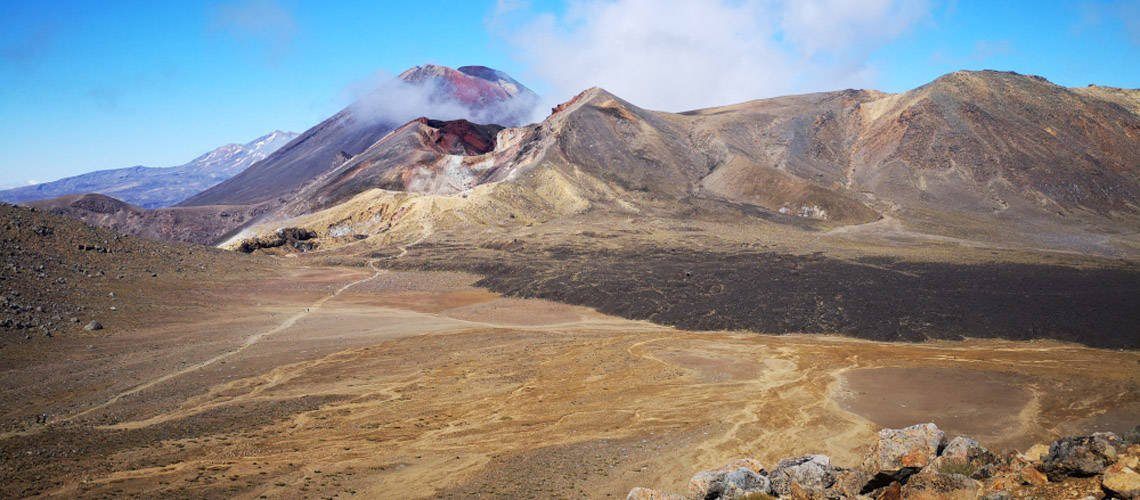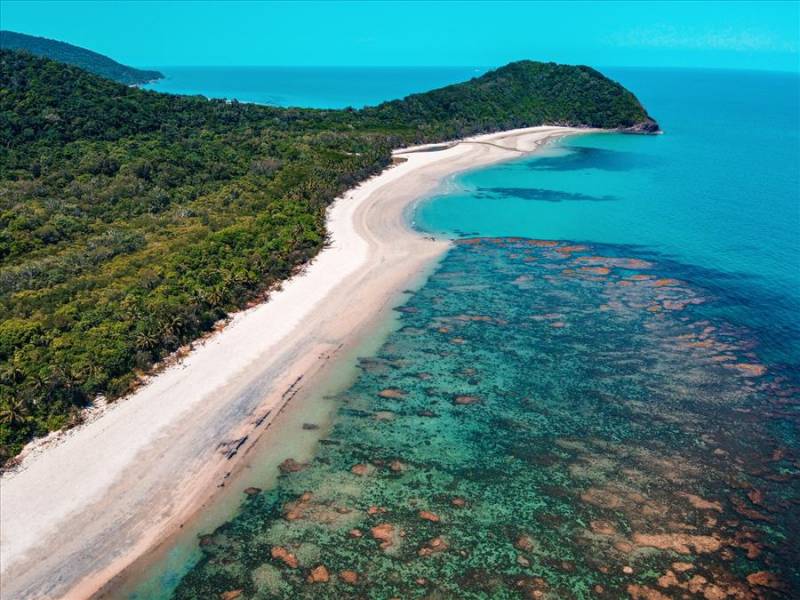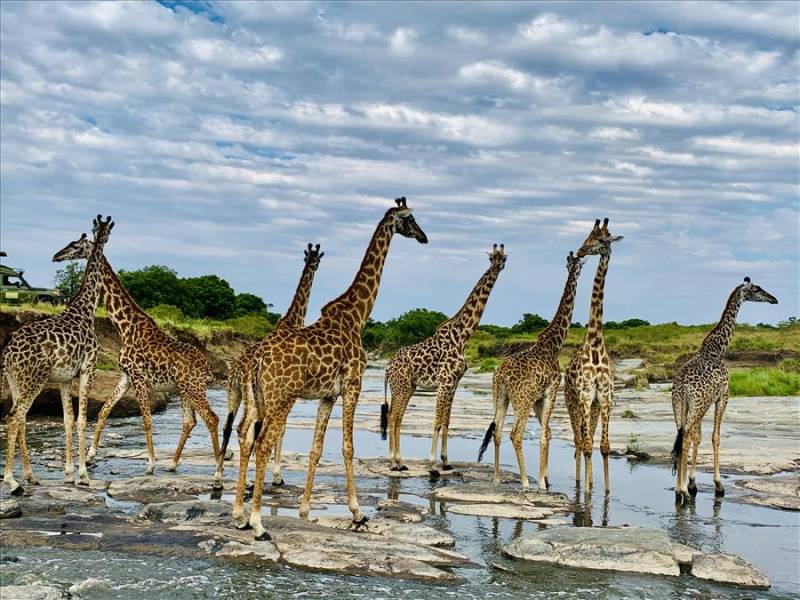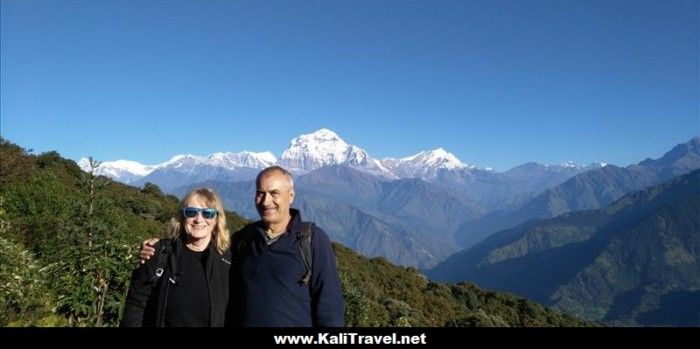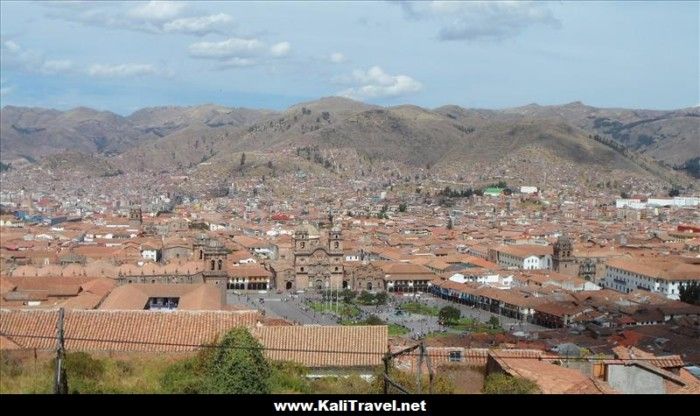A Guide to Crossing the Nullarbor Plain in Australia
Imagine an authentic Australia adventure, driving through the outback at your own pace, along solitary coastal roads, standing alone on a clifftop to watch the sun setting over the ocean, and camping under silent starlit dark skies. Come with us on a journey through Australia’s vast south western territory, crossing the Nullarbor Plain along the Eyre highway, all the way from Adelaide to Perth.
You’ll see the Great Australian Bight Coast, skirt the Great Victoria Desert, encounter dragon lizards and wild kangaroo, stop at remote bush settlements, and intrepidly travel some 1675 kilometres of little-known landscapes.
Although the Nullabor can be crossed on the South Pacific Train, or by car (typically sleeping in roadhouses or free camping), driving a campervan is the epic way to do this legendary road trip.

A Backpacker’s Guide to Crossing the Nullarbor Plain
Authored by Danny Newman
“Some people say you haven’t really seen Australia until you’ve crossed the Nullarbor”, said the wrinkly old man with leathery skin and a twinkle in his eye.
We were at a rest stop at the side of the road on the east coast of Australia, both of us taking our campervans around the country. Having stopped for the night and found ourselves as temporary neighbours, we’d struck up a conversation about our respective journeys and the different routes we were planning to take.
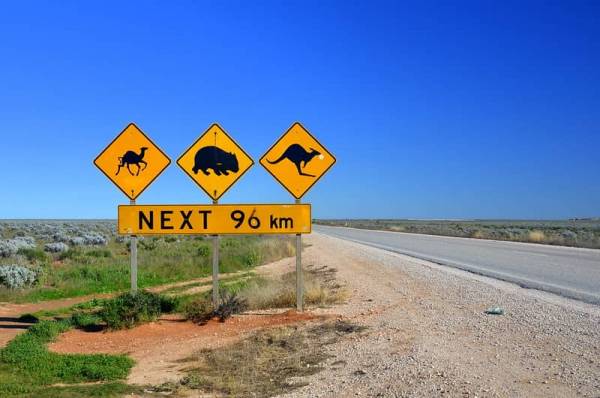
He was heading to Western Australia, via the south, along a stretch of road I hadn’t heard of before: The Nullarbor. Otherwise known as the Eyre Highway, it sounded almost mythical in nature. Long and impossibly straight, it was the only way to get between Adelaide and Perth on wheels. The caveat?
Crossing the Nullarbor meant driving along 1600+ kilometres of wild, desolate, semi-arid Aussie outback. You’d pass through 3 time zones, dodge packs of wild camels, and spend entire days under a blistering sun with nothing but red dirt and the occasional road train for company.
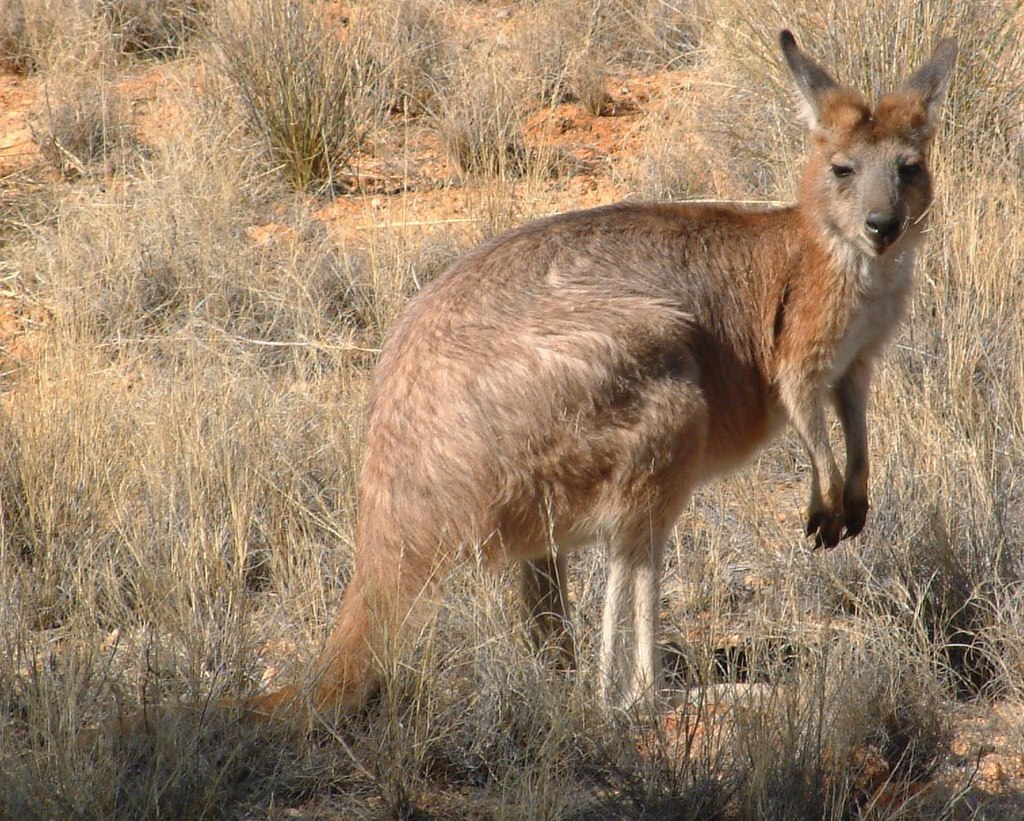
…I decided to do it.
And the experience was everything that wizened old traveller said it’d be! An otherworldly place, I’ll never forget my time crossing the Nullarbor Plain and recommend it to anyone who’s on an Aussie adventure of their own looking for crazy things to do. However, to do it safely, comfortably, and successfully, it’s important to a) know what you’re getting into and b) prepare properly for the trip!
With that in mind, I thought I’d put together a comprehensive guide to crossing the Nullarbor. Sound good? Read on to learn more about this remarkable part of Australia and how to travel across it!
Where Is the Nullarbor Plain?
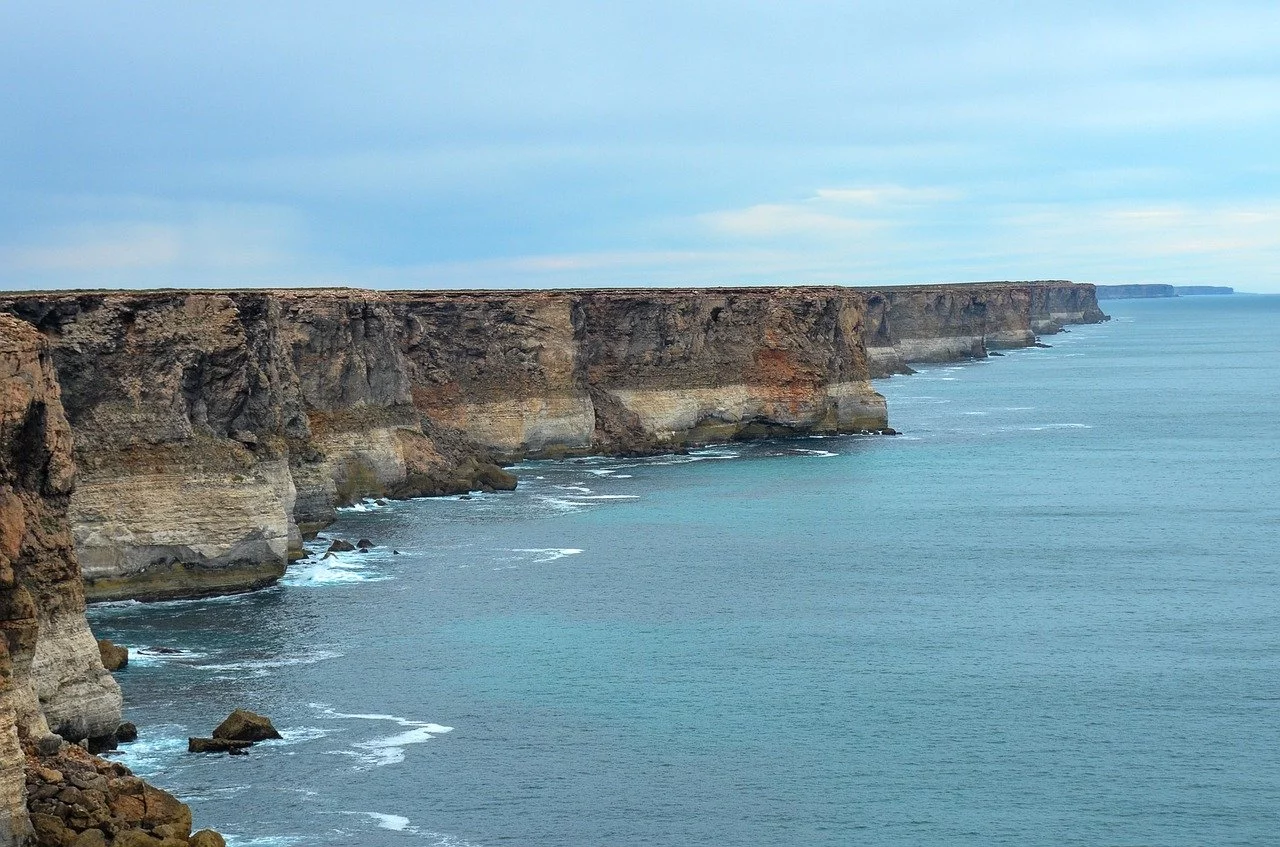
The Nullarbor (sometimes referred to simply as “the ‘Bor”) Plain straddles two Australian states: Western and South Australia. If you plan to drive between Adelaide and Perth, you literally can’t miss it. Looking at a map of the country, you’ll see the road itself right down at the bottom, running along the southern coast between Ceduna (on the eastern end) and Norseman (to the west).
Why Crossing the Nullarbor’s Amazing
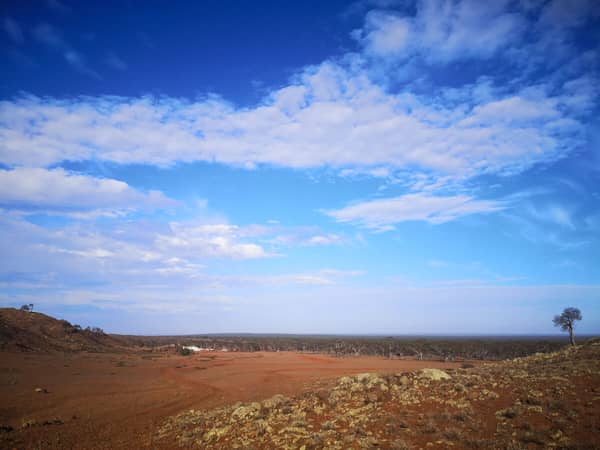
Driving across the ‘Bor isn’t everybody’s idea of fun. You’re spending days on the road. It’s dead straight, hot as hell outside, and for big chunks of time there really isn’t much to look at! Just red dirt, scrubland, and a road that narrows and shimmers all the way to the horizon. The name itself derives from the Latin words “nullus” and “arbor”, which literally translates to “no trees”.
That’s one (and dare I say it, pessimistic) way to look at things, anyway. Another is to see crossing the Nullarbor as one giant adventure! You’re out in the sticks, alone, with nobody else around for hundreds of miles. You have to entertain and fend for yourself, knowing full well that you’re in trouble if anything goes seriously wrong. This turns it into a cool, unique, and intrepid experience that’s unlike any other you can expect to have in Australia (or most other places you travel, for that matter).

The Nullarbor’s also a strikingly beautiful part of the world. Cave systems run beneath your feet, giant limestone cliffs descend hundreds of metres into the ocean below (where you can sometimes Southern right whales doing their thing), rolling sand dunes create a pristine play area in places, and there’s all sorts of Australian wildlife to see, including camels, emus, dingoes, kangaroos, and snakes.
How to Cross the Nullarbor
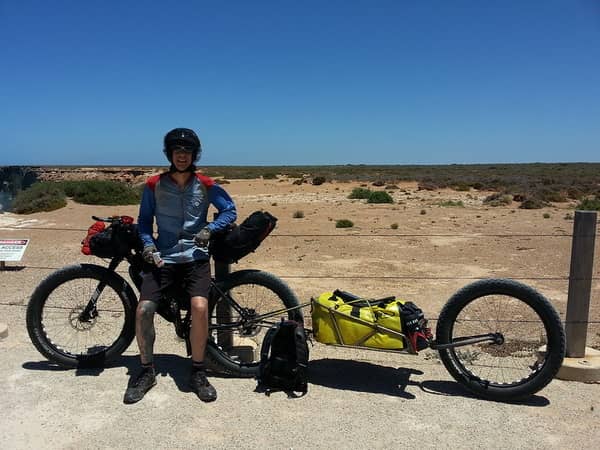
You can travel over this vast expanse of land by train (on the Indian Pacific railway), tour bus (various tour companies operate services across the Nullarbor), or by car/truck/campervan. Some crazy folks even cycle it!
Want my advice? Get a vehicle so you can drive across it yourself and plan a road trip. In my opinion, the ideal set of wheels would be a 4×4 campervan, which would allow you to a) sleep wherever you like along the way and b) get off the main drag to see the various Nullarbor attractions that exist down long, rough, unsealed tracks.
Places of Interest/Things to Do Along the Nullarbor
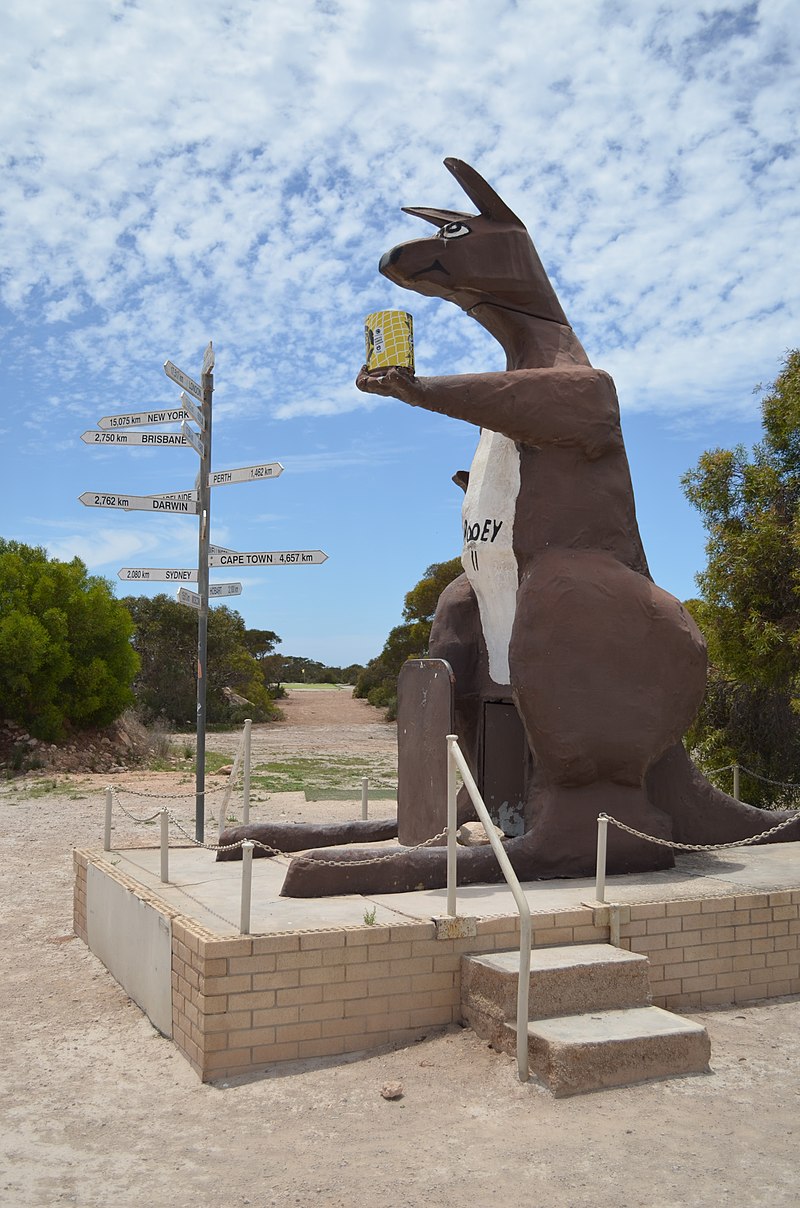
For a 1600+km stretch of straight road that runs through what’s essentially a desert, there’s a surprising amount to see and do along the Nullarbor Plain! Here are a few of the best ways to break up the drive:
Play a Round of Golf
Yes, you read that correctly! The Nullarbor Plain’s home to the “world’s longest golf course”, an 18-hole, par 72 course called the Nullarbor Links. With a new hole at each roadhouse/town that you pass, it’s a unique way to have some fun, engage with the locals, and stretch your legs as you drive between Norseman and Ceduna.
Visit the Murrawijinie Caves
These ancient limestone caves are located around 10km north of the Nullarbor Roadhouse, in South Australia, accessible via a signposted dirt track (be sure to ask in the roadhouse for specific directions). When you arrive at the caves, you’ll be greeted by age-old ochre hand stencils made by indigenous people way back in the day.
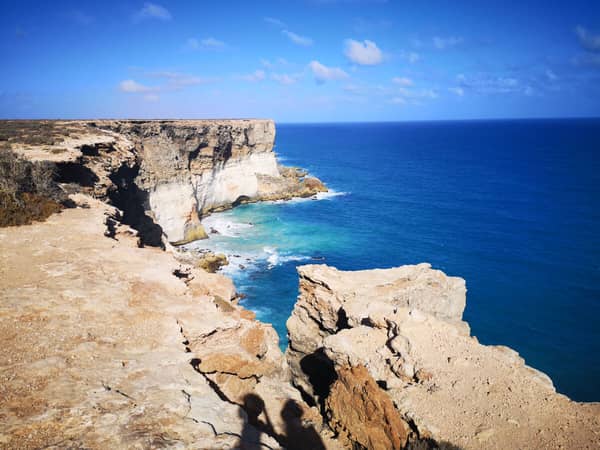
See the Bunda Cliffs
Stopping to see the Bunda Cliffs is an absolute must as you cross the Bor! With sheer cliffs falling hundreds of feet into crashing waters below, it feels as if you’re standing on the very edge of the world. You’ll enjoy breath-taking views, awesome Instagram opportunities, and some top camping spots too. Oh, and if you’re there at the right time of year (between May and October), you might even see some whales frolicking out to sea as well.
Stargaze
As you might expect in such a remote place, light pollution’s all-but non-existent along the Nullarbor. The result? It’s perfect for stargazing! Whenever you stop somewhere to set camp, then, take the opportunity to look in awe at the crystal clear night sky and the Southern Cross hanging above your head.
Enjoy the Roadhouses
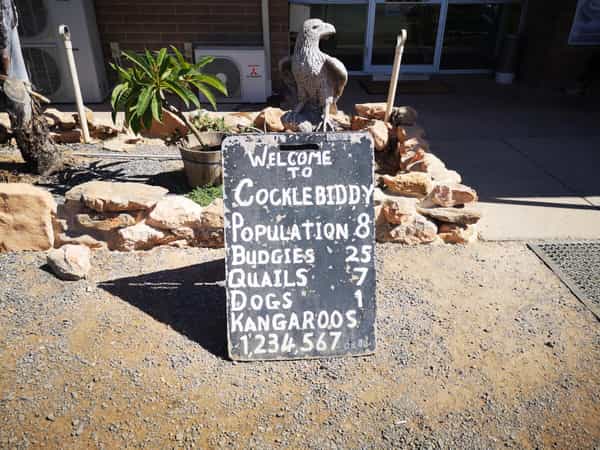
Roadhouses are your go-to establishments on the Bor to buy fuel and supplies, grab a coffee (or a beer), and/or rest your head for the night (if you’re not free-camping).
Convenient crosses between motels, cafes, and fuel stops, you’ll find them along the entire route, usually around 2 to 3 hours apart. Quirky, old-school, and a little bit rundown, they’re funny old places that nonetheless serve a vital purpose along the road.
Top Tips for Crossing the Nullarbor
There are significant risks to crossing the Nullarbor- especially if you’re self-driving with nobody else around! Here are a few top tips to help you stay out of trouble and get from one side to the other as safely and comfortably as possible.

Don’t drive at night
With a long journey ahead, it can be tempting to save some time and keep driving after sundown. But don’t do it! Night driving on the Nullarbor’s best avoided. Why?
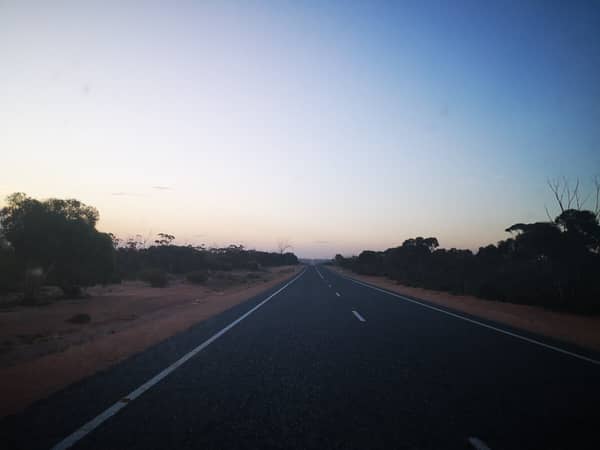
First, because this is when various Australian animals come out to play. Kangaroos, for instance, will appear from nowhere and jump right across the road in front of your car. Hitting one at night in the middle of nowhere would be bad news for both you and the ‘roo.
Second, because road trains (more on these next) often do choose to continue their cross-country journeys throughout the night. Trying to keep clear of these enormous vehicles wouldn’t be fun when you’re tired from a long day behind the wheel and visibility’s limited due to the darkness.
Be wary of road trains
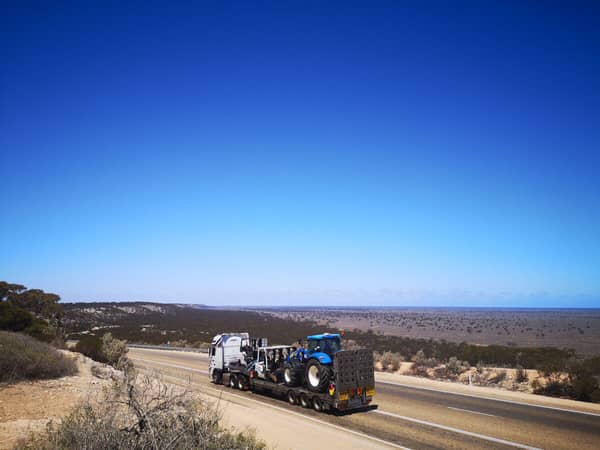
Imagine trucks so big they resemble trains! These “long combination vehicles” haul freight all over Australia (often through some of its remotest and most inhospitable areas) and are without a doubt the biggest vehicles I’ve ever seen on the road. They’re also renowned for being somewhat brutish, hurtling at high speeds down highways and expecting whoever’s in their path to move out of the way!
It can be a bit like this on the Nullarbor. Notice a road train speeding up behind you? Move over to let them pass. This may mean coming to a complete standstill in the dirt beside the bitumen sometimes, but it’s better than having them speed up on you and risking a collision! Play it safe, give them a wide berth, and you’ll be fine.
Expect higher prices
The remoteness of the Nullarbor Plain means that the roadhouses have a monopoly on fuel and supplies. The result?
It’s gut-wrenchingly expensive! Expect things to cost 2 to 3 times more than they would elsewhere in the country. Save yourself some money by stocking up on drinks, snacks, and fuel beforehand (taking a jerry-can or two extra just in case of emergencies).
Download WikiCamps
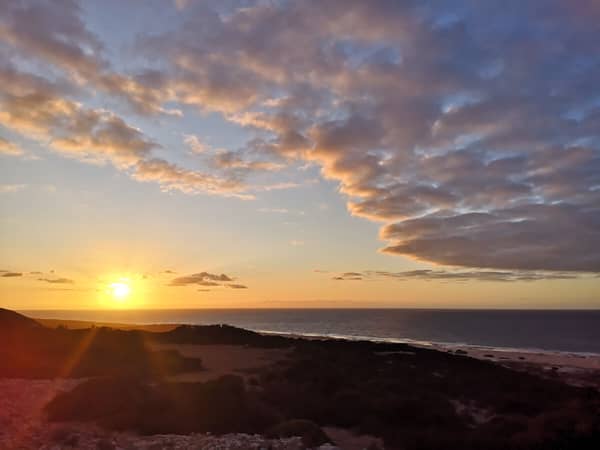
Planning to free camp in your van, car, or tent along the way? Download an app called WikiCamps to your smartphone or tablet. I used this awesome app throughout my travels in Australia. It may cost a few dollars to install, but it’s worth the investment! WikiCamps will show you all of the most viable places to stop for the night, complete with reviews, photos, useful insights from past campers, and more.
Don’t rely on cell phone service
Mobile service is unreliable at best (and non-existent at worst) on the Nullarbor! You’re likely to have more luck with Telstra than other providers, but you should still expect to struggle for signal at times. This could be problematic when you’re searching for camping spots! Try downloading offline versions of Google maps and/or carrying an actual physical map (remember those?!), just in case you have no signal when you need it.
Time to Cross the Nullarbor Plain

Crossing the Nullarbor was a highlight of my time in Australia. Sure, it was scorching hot, mind-numbingly featureless, and I had a close encounter with a deadly brown snake.
But that section of my trip was so different, unique, otherworldly and adventurous that it’ll hold a special place in my memory forevermore!

About the Author
Danny Newman is a travel writer and blogger from the UK.
Follow his adventurous journeys around the world as a digital nomad and discover what he’s doing next on What’s Danny Doing.
I hope the insights in this article have been useful if you’re planning a similar journey across the Bor in the future. Keep them in mind and, with any luck, you’ll enjoy a smooth, happy, and uneventful time as you travel across this remarkable part of the world.
Danny tells us about his road trip through New Zealand in this related post:
New Zealand Road Trip Guide (North And South Islands)
A road trip is a great way to explore New Zealand. Discover the beautiful landscapes and natural wonders with our useful guide.
Related Posts on Adventurous Destinations
The Best 2 Week East Coast Australia Itinerary
For this East Coast Australia itinerary we begin our journey in Sydney and travel right up to Cairns.
You can do it in 2 weeks visiting the major tourist spots or add more destinations along the way.
Things To See And Do In Kenya (a week of beach and bush)
Where should you go if you’re on holiday in Kenya for a week or two?
Kenya is synonymous with safari but there are lots of other things to do. This is our selection of the best sights, 5 must-see places to visit in Kenya, a contrast of bush & beach adventure.
Best Places to Visit in Kolkata for 2 Days, India
Planning a future trip to India and want to see Kolkata?
Then follow our insider guide, a 2 day itinerary which explains the best heritage sites and how to get to the main places of interest in this fascinating city.
Poon Hill – Annapurna trek, Nepal
Our Himalaya trek through the Annapurna foothills
The trail was flatter for a while, winding through forests which are bright with Rhododendron blooms in spring. After an uphill stretch we reached Ghorepani, the village that lies under Poon Hill.
7 day adventure from Cuzco to Machu Picchu, Peru
A 7 day adventure from Cuzco through the Sacred Valley to Machu Picchu (Peru).
Machu Picchu is one of the new 7 Wonders of the World! Peru’s most treasured site, one of the most spectacular places on the planet and a must-see on our world trip!
Discover the World with![]() the blog with a focus on independent travel
the blog with a focus on independent travel




